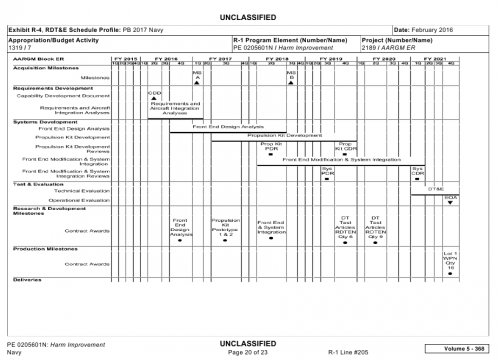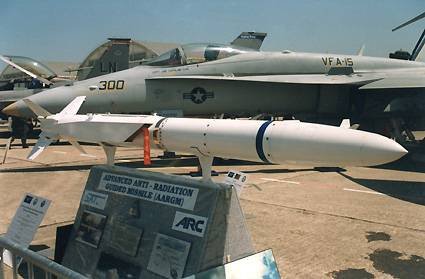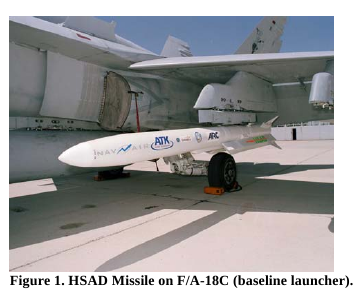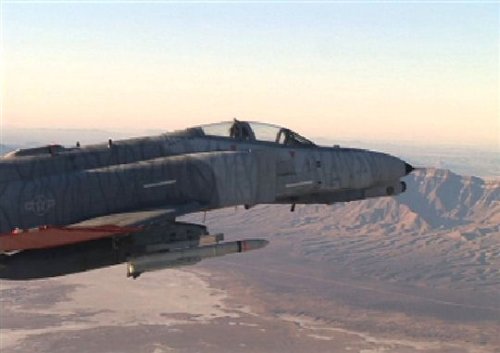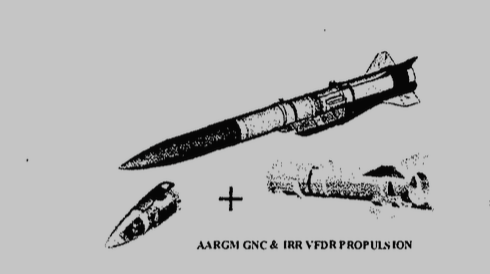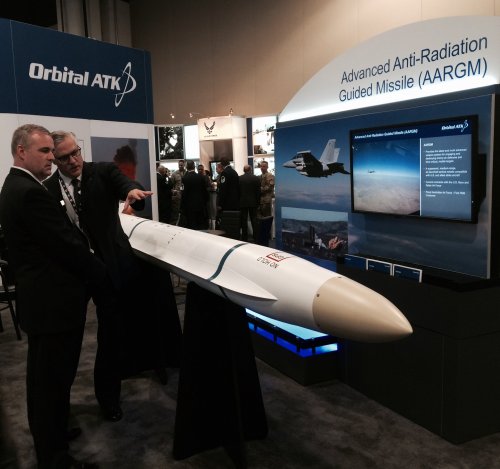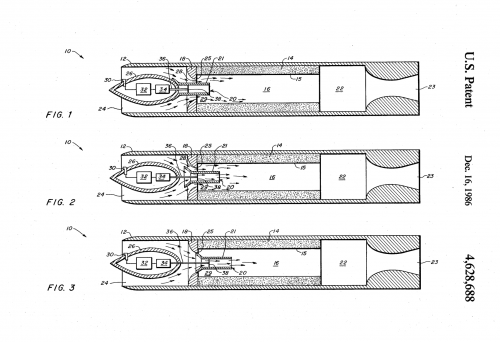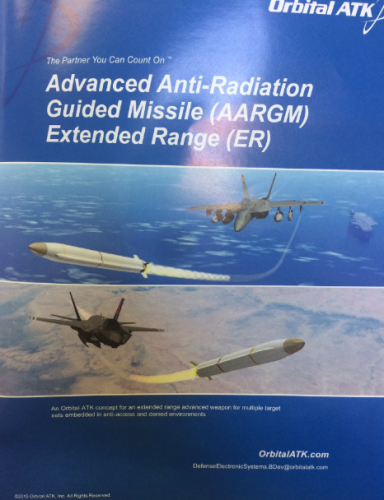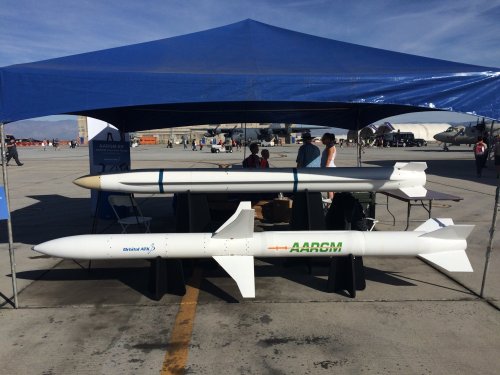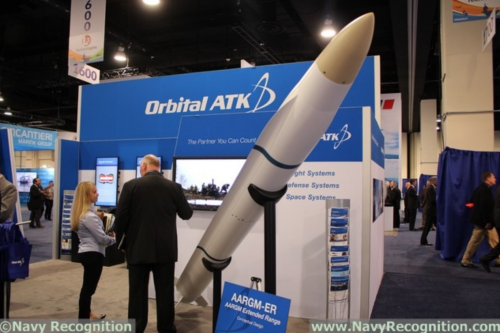AARGM-ER Propulsion System (PS) Industry Day Announcement
https://www.fbo.gov/spg/DON/NAVAIR/N00019/N00019-17-NORFP-PMA-242-0083/listing.html/
Interesting Details (SRM only for the moment) and my highlights
Table 1: PS Program Parameters
Threshold (T) Objective (O)
Delivery of PS EDM production representative test articles prior to support DT&E flight tests prior to January 1st, 2020
Delivery of PS EDM production representative live and inert test articles to support D&E flight tests prior to October 1st, 2019
Delivery of fully qualified PS production units beginning prior to January 1st 2022
Delivery of fully qualified PS production units beginning prior to October 1st, 2021
PS APUC of less than $175K PS APUC of less than $150K
Table 2: PS Design Constraints
PS Performance Maximum achievable within the length and Diameter constraints below and
notional Thrust/Time profile provided in classified addendum.*
Total PS Length <94 inches in length (includes provisions for Tail Control Section packaging
around nozzle blast pipe, folding hangers and provisions for mounting 2 strakes).
PS Diameter The Propulsion Section will have a diameter between 11.5 and 13 inches.
Platform compatibility and induced environments • F/A-18E/F and E/A-18G
carriage and ejection launch, stations 3, 4, 8, and 9 **
• F-35C carriage and ejection launch, internal bay stations 4 and 8
• Propulsion Section will have MIL-STD-8591 compliant suspension lugs for missile suspension on the launch platform.
These may need to be folding to reduce missile in-flight drag.
• Propulsion Section will have Cable ways for communication between the Guidance Computer and the Control Actuation System.
• Propulsion Section will accommodate a MIL-STD-1760 Aircraft-to-Store Communications Connection and associated cabling.
Launcher Interface BRU-32 and BRU-68A (or adapters as necessary)
Operational Temperature Range -40 deg F to +160 deg F
PS to Front End Interface Interface Requirements Specification
PS to Tail Control Aft End Interface 10-inch to 15-inch long aft mounted Control Actuation System (CAS)
* Impulse defined for every 0.5 inches of length, within the given range.
** Assume the Navy's Next Generation Jammer is carried on the E/A-18G next to this PS

